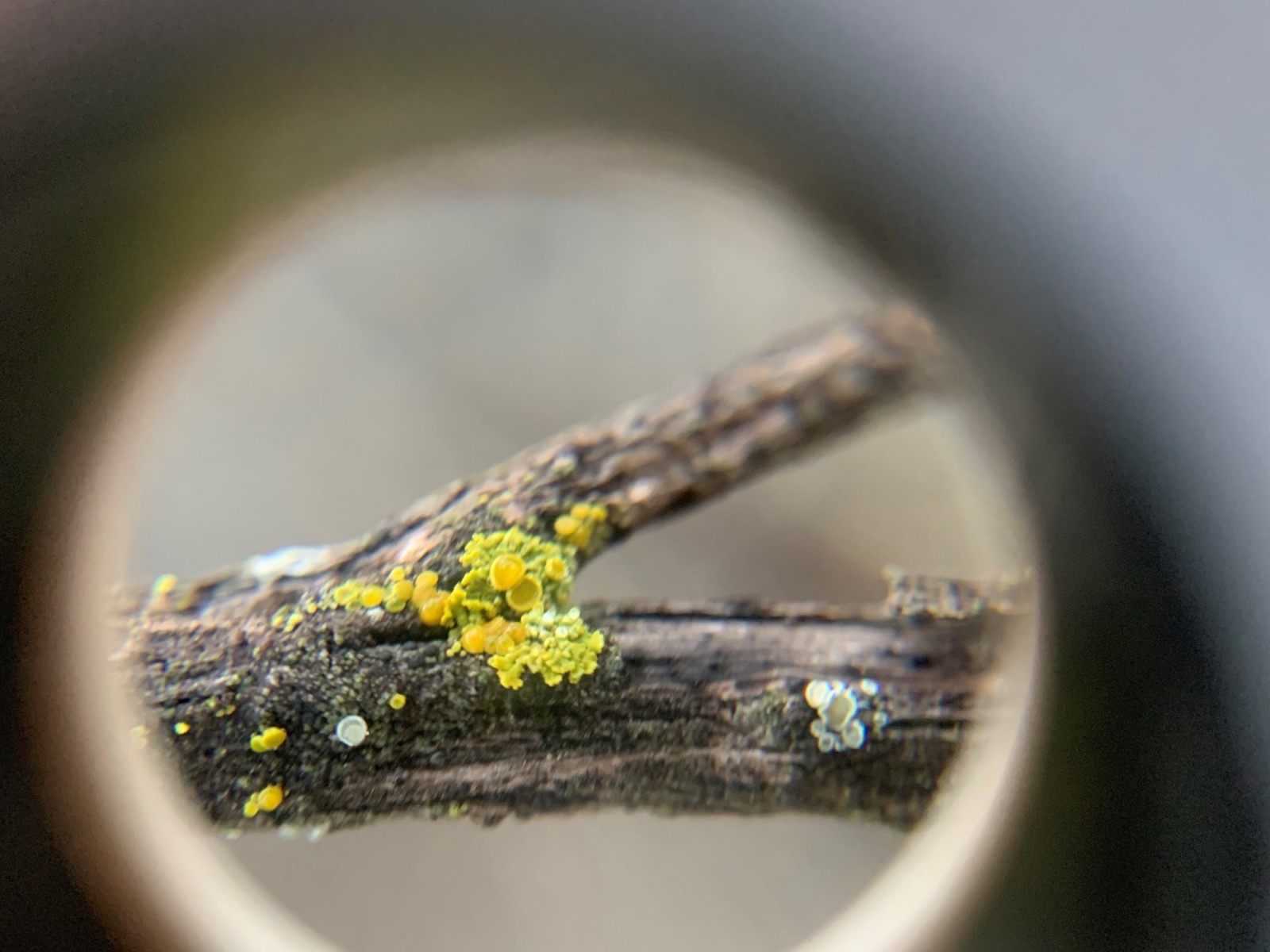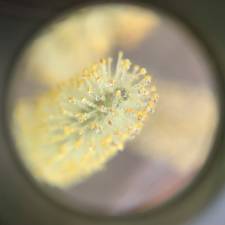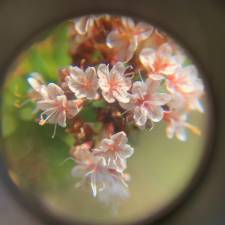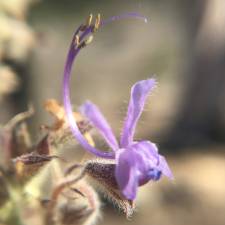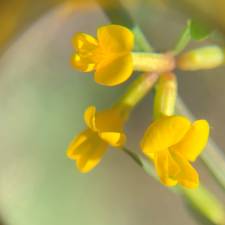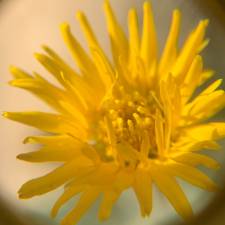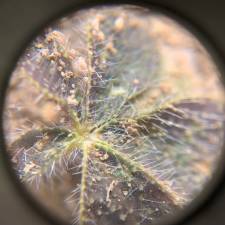For many of us, with our lives seemingly becoming increasingly stressful, we can often completely disregard the magic and wonder that the natural world effortlessly provides. Even when outside enjoying the grand beauty of nature, it’s all too easy to speed past the blur of native blooms while biking, or to hike quickly by some of the smallest aspects of life. Even when staring directly at something fascinating, whether a rock, plant, bug or anything else you could find outside, the details are sometimes too small to be appreciated by our naked eyes.
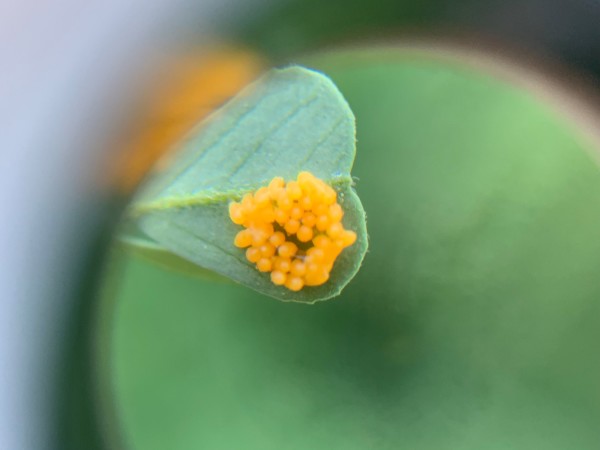
Personally, I too suffered from “plant and insect blindness” before I was blessed to live and study on the beautiful central coast of California. I must thank entomology professor Dr. Headrick and the other amazing faculty at the Cal Poly CAFES faculty for not only teaching me the science but also introducing a small but invaluable tool to my kit: the hand-lens, or loupe. This device is simply a small magnifying glass that comes in a variety of magnification magnitudes often 5X-30X. The hand-lens is small enough to be tucked away in a pocket or even worn around the neck on a lanyard, the latter is preferred because I have made the mistake of finding my hand-lens banging around in the dryer. This one tool may be the key to unlocking a new dimension in the world around us, a world where time moves at a slower pace and our focus is centered on blissful observation.
The correct way to use a hand-lens is to bring the glass up to your eye and then slowly bring the object you want to look at closer until the view becomes clear. This technique may involve you getting down on the ground or putting your face up in the bushes, which I think is part of the fun. The hand-lens is also the perfect size for most smartphone cameras, allowing the complete amateur to capture beautiful macro shots with little practice.
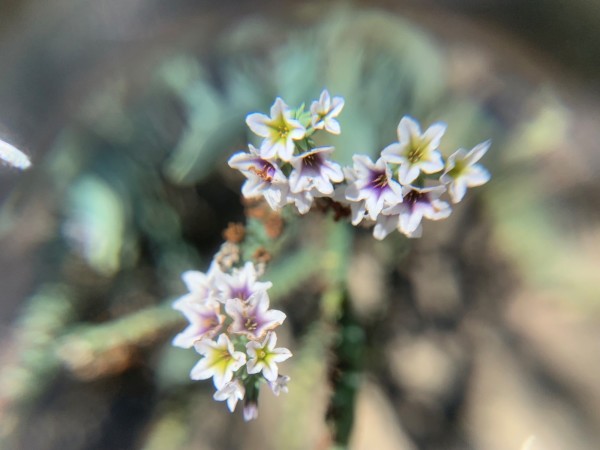
For restoration work, the hand-lens is a powerful device. It especially comes in handy when hand weeding, to inspect even the tiniest cotyledons (the first “leaves” that pop out of the seed). It is also perfect for taking a closer look when attempting to diagnose a sick plant for signs of insect or fungal damage. However, more often than not, when I’m looking through my hand-lens, it’s because I saw something cool and I’m merely satiating my curiosity.
I have no doubt that other naturalists and average folk who enjoy the outdoors would treasure the ability to stop for a minute or two, get close, forget about the stress and just take a peek at the beauty hidden right beneath our eyes.
Who knows what you might see.
